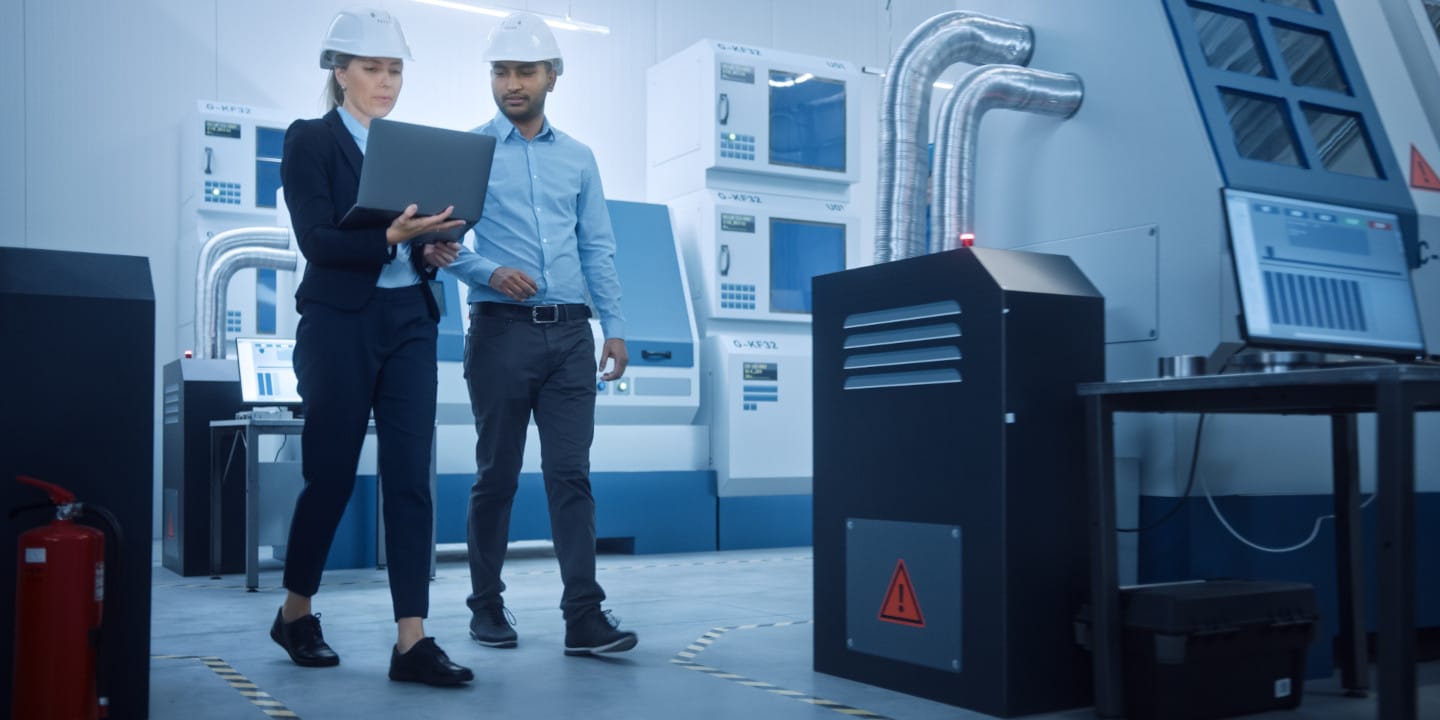
As an equipment planner, having a group of key medical equipment stakeholders stakeholders from your organization that you can easily consult with is critical to your success. This should be a cross-disciplinary team that can provide additional insights and will be able to offer you a variety of important perspectives to consider when selecting equipment for a renovation, expansion, or new-build project.
But, who should be on this team? And what is the best way to work with them to ensure the success of the project? Here are some key considerations when assembling this team of stakeholders and ways to make sure they can easily weigh in on, review, and approve your equipment selections.
Part of getting on the same page with your medical equipment stakeholders includes understanding the common questions they must answer to ensure your project’s success. Take a look at some potential considerations your teams may ask about during the medical equipment planning process.
Comprehensive project visibility directly correlates with planning success. After you’ve identified the right cross-disciplinary team, the next critical component is to ensure this team can easily — and frequently — access your equipment list. When, where, and how this happens varies by equipment planner. You may choose to create one mass export of the equipment list to route to all stakeholders, or you can hold a global meeting to review and approve the list.
Attainia from Revalize’s collaborative planning platform is designed to provide comprehensive visibility of equipment selections across the organization. Attainia allows you to grant access to your stakeholders to review your project list at their own leisure, and then easily provide their comments, feedback, and approval — all directly within the platform. This streamlines the review process, reduces the number of meetings, and ensures your equipment list is visible to all stakeholders at all times.
From collaborative workspaces to aggregated data, Attania is designed to keep you and your medical equipment stakeholders on the same page throughout the medical equipment planning process. By providing increased visibility, you can streamline your planning, save on costs, and ensure your standards are aligned across each project.